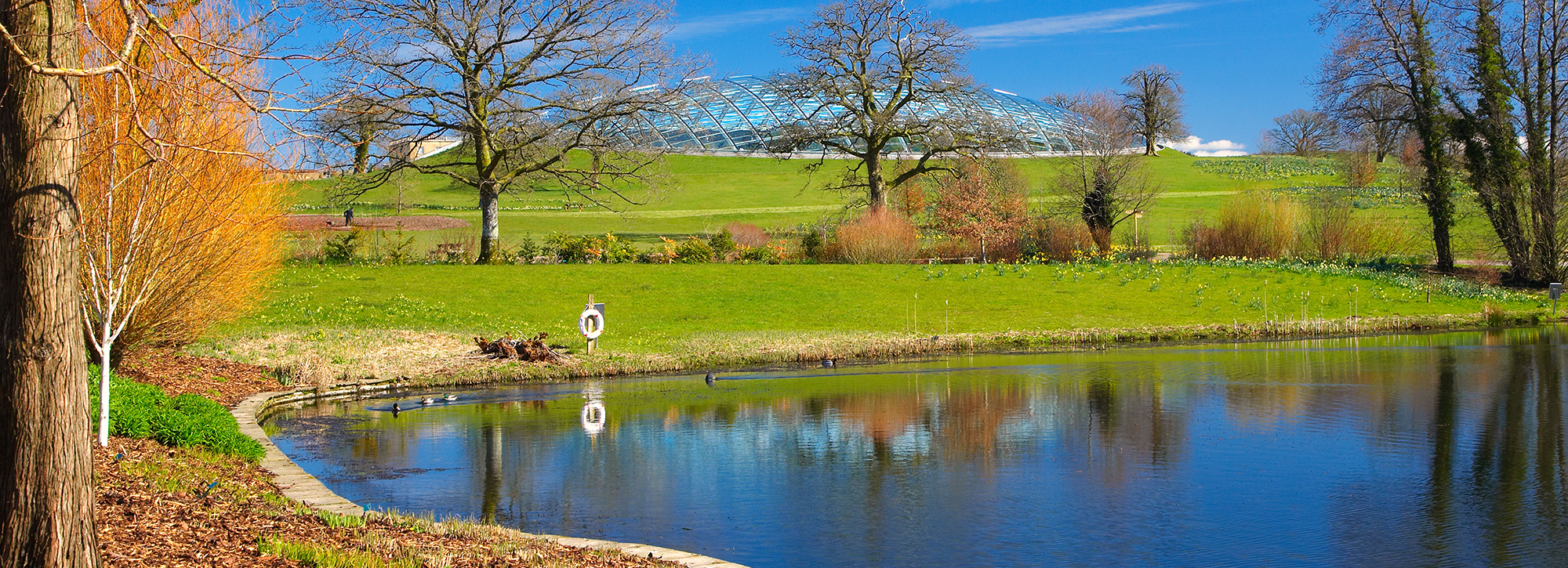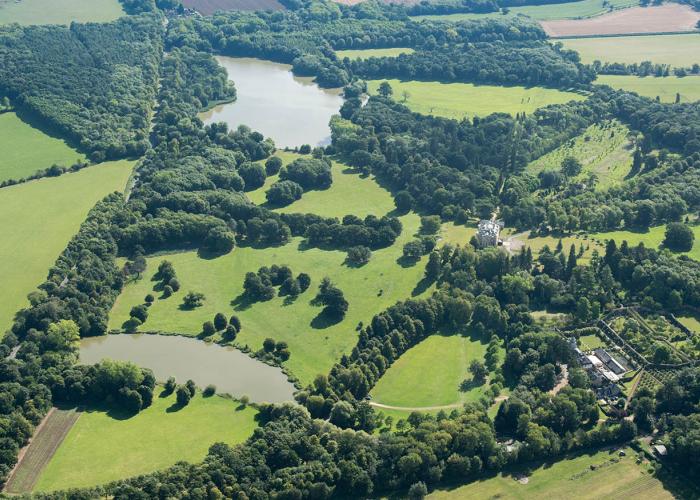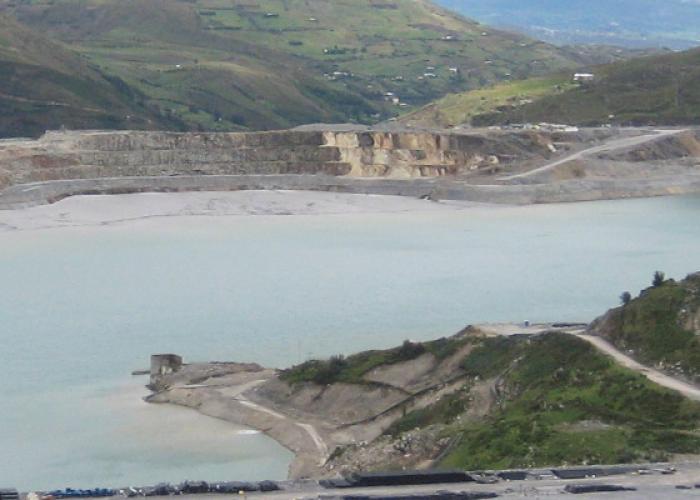
Preserving the National Botanic Garden of Wales’ heritage landscape
Leaking dams at the historic National Botanic Garden of Wales posed risks to public safety, heritage, and the environment. We designed and supervised sensitive remedial works that restored structural integrity, preserved the Regency landscape, and protected local ecology.
A hidden threat
The National Botanic Garden of Wales in Carmarthenshire is not only a sanctuary for biodiversity but also a living piece of history. This historic Regency-era landscape, originally designed for Sir William Paxton in the late 18th and early 19th centuries, includes four reservoirs - vital both for their heritage value and their role in the garden’s ecosystem.
Routine inspections revealed significant seepage in two of the dams, an issue that posed both safety risks and legal concerns under the Reservoirs Act 1975. Left unaddressed, the degradation could have led to structural failure, threatening not only the landscape but also downstream habitats and communities.
Engineering with empathy
HR Wallingford led the design and supervision of the major remedial works needed to address these issues. Our challenge was to deliver a modern engineering solution that respected the site’s historic and ecological sensitivities.
Key interventions included:
- sealing the leaks by removing degraded dam materials and replacing them with compacted clay
- installing new emergency drawdown systems—low-level pipes and gate valves - to allow rapid water release in case of future emergencies
- constructing new spillways to safely manage extreme flood events
Innovation meets conservation
One of the most innovative aspects of the project was the use of lightweight expanded clay aggregate. This material allowed engineers to rebuild the dam without overloading the original 19th-century culvert structures, which were preserved to maintain the historic views and reduce ecological disruption.
We also discovered that polystyrene blocks, used in earlier repairs, were the root cause of the leakage. These were carefully excavated and replaced with watertight materials, ensuring long-term resilience.
A minimal footprint, a lasting legacy
To protect the site’s visual and ecological integrity:
- reinforced grass spillways were used instead of concrete, blending seamlessly into the landscape
- excavation footprints were minimised, reducing disruption to wildlife and preserving potential bat habitats
- historic views were restored, ensuring visitors continue to experience the garden as originally intended
A model for sustainable heritage engineering
This project exemplifies how modern engineering can work hand-in-hand with conservation. By combining technical innovation with a deep respect for history and nature, the National Botanic Garden of Wales has not only safeguarded its reservoirs but also reinforced its role as a steward of both biodiversity and cultural heritage.
Want to know more?
Contact our project lead


